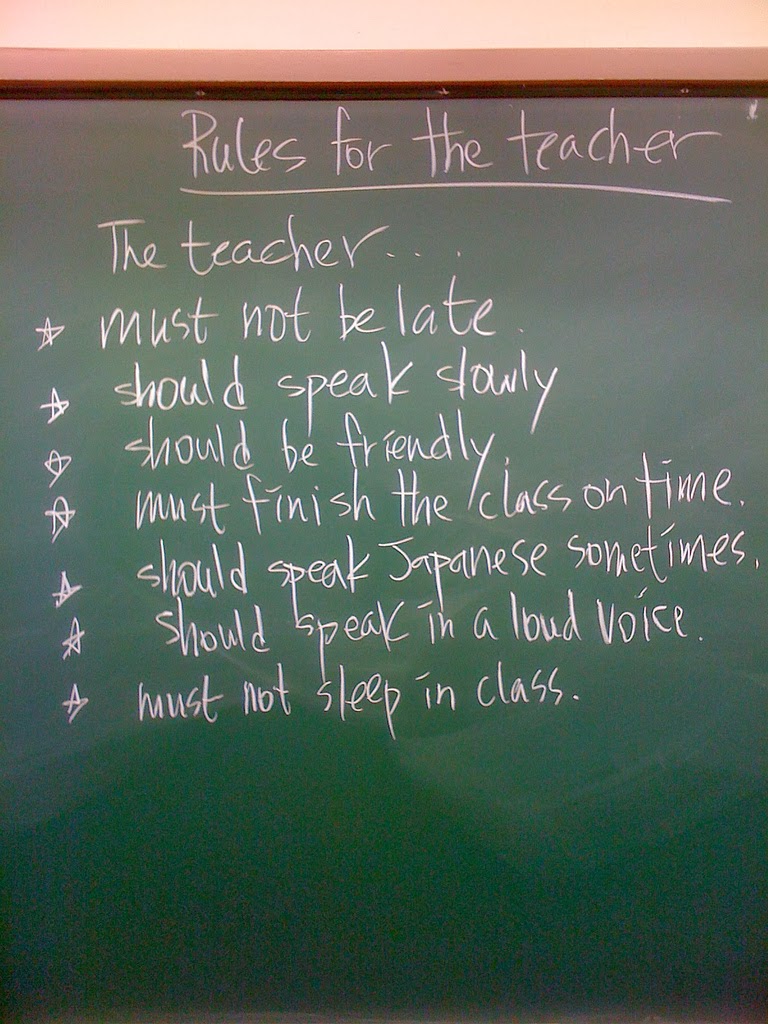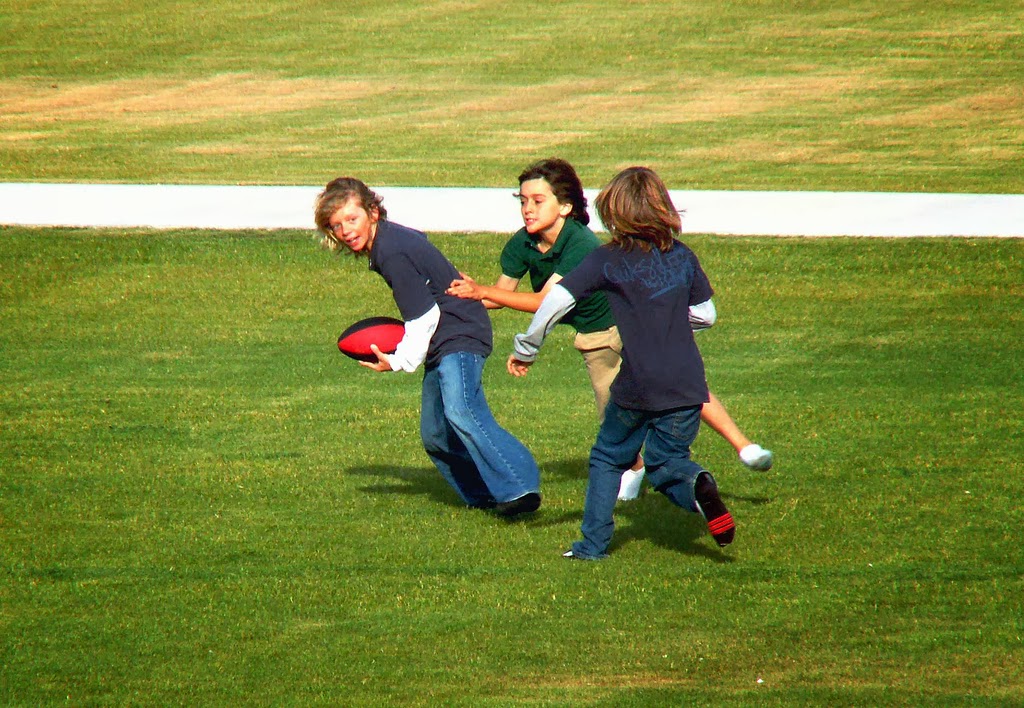There’s probably a fancy name for it, but the average person can’t tolerate silence for very long. If someone asks a question, it is rare that the silence lasts more than a few seconds before someone speaks – even if what they say has nothing to do with the question. Silence makes us that uncomfortable. Silence, however, can be a useful tool in Bible classes for children and teens.
The trick to making silence useful in a classroom environment is to have a goal for that time of silence. When silence has a focus, it’s easier for you (as the teacher) to maintain the silence long enough to accomplish your goal. Otherwise, you may rush to fill the silence even faster than your students.
So what are some great goals for using silence in a Bible class for young people?
- Encouraging students to participate in discussions. Introverted students aren’t going to jump right into a class discussion. Nor will students who like to think before they speak. The more complex the issue you are discussing, the more silence you need to allow for students to be ready to speak. Giving them an extra thirty seconds before repeating the question can result in a better discussion.
- Gives students time to process something new. This silence can be useful in the context of a lesson as well as a discussion. Have you just taught one of God’s deeper, more challenging truths? Told a Bible story that is new and unusual to them? Pausing for even a few seconds after you finish, and then moving on to the next thought or part of the story can give them time to process what they just heard. After the pause, you may want to repeat what you hoped they were processing before continuing.
- Encourages students to answer your questions (instead of you). Experienced teachers have become comfortable with the need for an uncomfortable silence after they ask their students a question. Less experienced teachers will often wait less than a couple of seconds before answering the question themselves. When you answer your own questions, you have no idea whether or not your students are learning anything from your lesson.
- Can calm inappropriate classroom behaviors. Often teachers try to correct in a voice louder than the noise their students are making. Young people are terrified of a teacher who suddenly becomes deadly silent. In their minds, when they are misbehaving and an adult becomes extremely calm and silent….they are probably in serious trouble. There is no need to look menacing. A calm demeanor can work the best. It often only takes one or two students to notice before they begin correcting themselves and each other for you.
- If used properly, can encourage reflection. It can be useful to have a few moments of silent reflection at the end of class. Frame the time with a question, then have students jot their answers on a sticky note before they leave the room. Make sure to manage the experience so students aren’t just writing anything in order to leave the room more quickly. Here are some great questions to try. What did I learn today? What new questions do I have based on today’s lesson? How can I used what I learned in class today during the week? What one thing do I need to change based on what I learned today? If you are asking the questions after a service opportunity, try asking, “What went well today?” and “What did we do that needs improvement?”
Silence shouldn’t continue for long periods of time unless it is part of a specific activity that has been carefully explained. Otherwise, students are more likely to begin day dreaming than meeting your learning objective. When used properly though, short silences during your lesson can enhance the learning experience for your Bible students.





